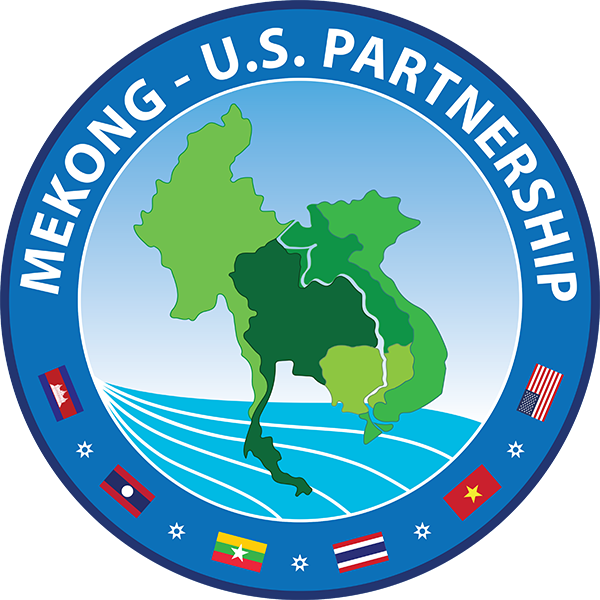At least 13 hydropower dams are operating on the Mekong today: 11 on the Upper Mekong in China, and two on the Lower Mekong at Xayaburi and Don Sahong, both in Lao PDR.[1] Managing their cumulative impacts will require new levels of coordination—and a one-day dialogue in Bangkok aimed to set the ball rolling.
The Sustainable Infrastructure Partnership (SIP), in collaboration with the US Department of Energy and US National Laboratories, organized the Lower Mekong Cascade Hydropower Management dialogue in Bangkok, Thailand, on 26 September. The dialogue brought together hydropower operators, government agencies, development partners, and civil society to explore the possibilities for basin-wide cooperation among hydropower dam operators and others to protect the ecosystems of the Mekong.
Mimicking Mother Nature
The Mekong’s seasonal ebb and flow creates the ecological ‘triggers’ for fish to migrate and spawn, and for vegetation to regenerate. Dam building on the Mekong threatens this natural cycle by storing water when it is plentiful in the wet season, and releasing it in the dry. Studies show that dam operators could help protect ecosystems by coordinating flow releases during critical periods.[2] Flushing and sluicing activities, for example, could be timed to mimic the river’s natural flood pulse, so that seasonal occupations of fishing and riverside market gardening can continue.
“What we are seeing is that the cumulative impacts of hydropower cascades are more complex than the impacts of single dams,” said Suparerk Janprasart, SIP program director. He noted that water testing downstream of some cascades is showing a decline in levels of dissolved oxygen, which is needed to sustain aquatic life. Key hotspots include the Nam Pong Basin in northeastern Thailand, the Sesan Basin across Viet Nam and Cambodia, and the Nam Ngum Basin in central Lao PDR.
Tools, Data and Accountability
Opening the dialogue, John Choi, Regional Environment, Science, Technology and Health Officer at the US embassy in Bangkok noted that 70 million people in the Lower Mekong Basin rely on the Mekong’s ecological productivity for their livelihoods and food security. “We owe it to them to ensure that infrastructure exists to serve their needs,” he said.
Dr Boualem Hadjeriouab, Oak Ridge National Laboratory and US Department of Energy, presented the experience of the Department in managing of the largest hydropower cascade networks in the US.

In breakout group discussions, participants encouraged the development of “a well-respected and inclusive process” for planning and managing cascade hydropower. Doing so, they said, would involve coordinating the work of dam operators, and building capacity of the various stakeholder groups in the Lower Mekong region. They supported the use of tools for cumulative impact assessment (CIA) and strategic environmental assessment (SEA), and emphasized the need for data sharing and accountability.
Besides the existing hydropower dams, 20 more large dams are being planned upstream or are already under construction. On some counts, there are more than 58 large dams in existence in the Mekong River Basin, and 101 in the planning stages.[3]
[1] Eyler, B., Kwan, R. and Weatherby, C. (2020) ‘How China Turned Off the Tap on the Mekong River”, 13 April 2020, Stimson Center website; Williams, J.M. Environ Sci Pollut Res (2019). https://doi.org/10.1007/s11356-019-04657-6
[2] Renöfält, B.M., Jansson, R. and Nilsson, C. (2010). Effects of hydropower generation and opportunities for environmental flow management in Swedish riverine ecosystems. Freshwater Biology, 55(1), 49–67.
[3] Williams, J.M. Environmental Science and Pollution Research (2019). https://doi.org/10.1007/s11356-019-04657-6
 Mekong - U.S. Partnership
Mekong - U.S. Partnership


